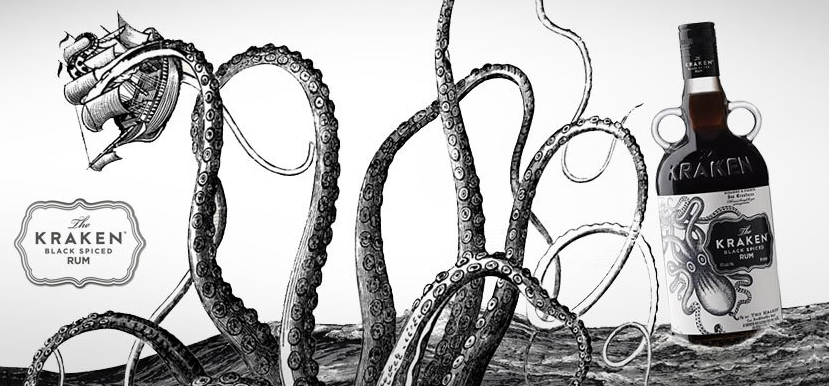
Specificity is a powerful tool that hides in plain sight
In the eye of the storm around the recent Burberry rebrand is the tradeoff between audience appeal and brand equity. When a brand pursues appeal to its broadest possible point, brand distinctiveness is often the first casualty. In its quest for universality, Burberry sacrificed the equities that gave it originality, quirk and specificity.
Specificity is a powerful tool that hides in plain sight: obvious yet overlooked. Specificity makes things memorable, and since brand building is about creating and controlling memories, specificity a vital concept for brand design.
Let’s consider the spirits category. A category in which – unlike luxury goods – provenance and heritage are increasingly irrelevant. Some of the most successful new launches in recent years – Kraken rum, Hendrick’s gin and Hibiki whisky to name a few – all share the same mastery of specificity. Kraken’s big inky squid, the eccentric Victoriana of Hendricks and the squat yet elegant faceted glass bottle of Hibiki.

Who can recall, when they close their eyes, the legions of interchangeable crafted labels that adorn almost every spirits bottle, shrouding the category in a veil of anonymous hand-crafted fluff? We remember instead the ones that exhibit, to steal a memorable tagline, ‘the right amount of wrong’.
But specificity is more than just brand distinctiveness. It is also an avenue to emotion.
According to Malcolm Gladwell, specificity is the channel through which humans empathise. That’s why country and western music is so good at making people cry, but rock’n’roll, with its wide appeal and generic themes, isn’t.
Perhaps this is because specificity can make issues relatable. It’s proven that we’re more likely to show charity to causes with human faces; that’s why, sadly, reaction to the immigration crisis in Europe only galvanized when Alan Kurdi’s body washed up on a beach in Greece.
So, if specificity is a shortcut to our reptilian, emotional brains, why is it so little utilised in adland right now? After all, marketing is the art of “hacking the subconscious” as Rory Sutherland put it, so why are we all embracing bland universality at the expense of distinctiveness?
Blame globalisation. Blame Instagram. Blame lazy segmentation and vague targeting, but you don’t need to look far to see evidence of this depressing trend. At my local cinema recently, I was subjected to the same ad run three times back-to-back before the feature film. The ad was a patchwork of life cameos. It consisted of a series of portraits of seemingly diverse people in everyday situations, all united by a universal need for the product being punted. “Here is the universal human truth”, these ads say, “find your story within it”.
Despite the poetry, the emotion and the human truths on show, none of them connected with me. The broader the idea, the less resonant the message – with recognition, empathy and recall declining in inverse proportion to the universality of the theme. In other words, the risk with communicating to the broadest possible target group is that your brand ends up appealing to none.
I don’t remember what any of those ads were for. But I do remember that the man on the horse was selling Old Spice, and the talking frogs were selling Budweiser, and that the surfers and their frothy horses were selling Guinness. I remember because they were specific, and that specificity made me feel.
I would venture that we don’t need to be invited to find the specific in the universal. We don’t need brands to hold a mirror up to us. We just need it to have impact, and to endure.
Is this a call for old school storytelling in advertising? Sure. A call for distinctiveness in branding? Absolutely. Bring on the weirdness, the oddity, the stories about particular people on particular horses and particular chatty amphibians. Embrace the things that create dissonance. Help yourself to the right amount of wrong. Invite your audience to find the universal in the specific, and not the other way around.